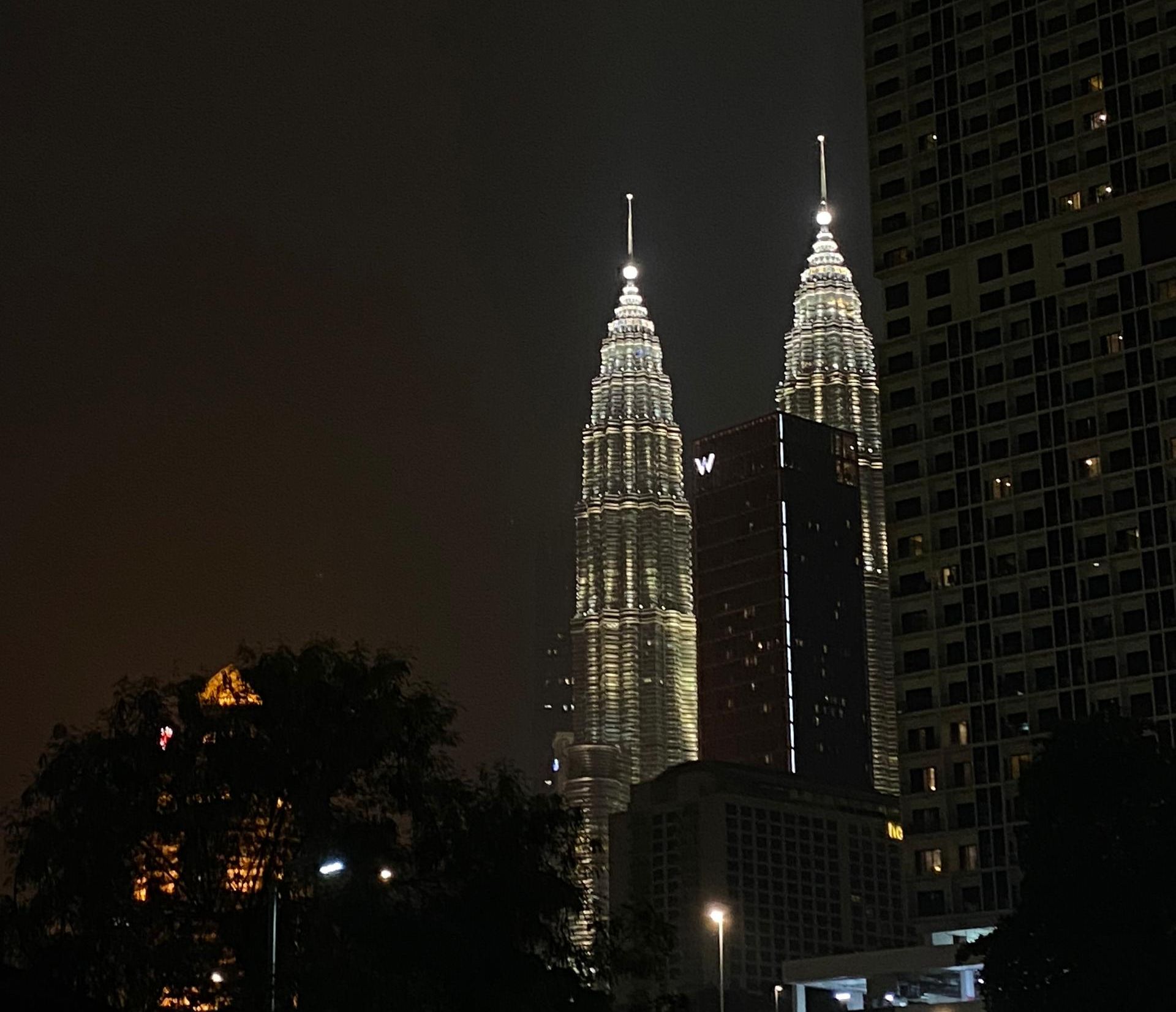The IMF’s 2025 External Sector Report offers a rare technical affirmation of Malaysia’s macro resilience. While the headline takeaway emphasizes strong external buffers and market flexibility, the deeper message is institutional: Malaysia is positioning itself as a structurally credible node in an increasingly fractured global capital map.
The report, released in Washington, highlights a familiar set of metrics—NIIP, external debt profile, current account projections—but beneath these figures lies a deliberate policy posture. In a year where emerging market capital flow volatility has intensified due to shifting US rate expectations and tariff-induced supply reconfigurations, Malaysia’s ability to preserve reserve adequacy without hard pegs or capital controls speaks volumes about its capital account sophistication.
This isn’t about optics. It’s about surviving—and signaling—within a multipolar liquidity environment.
The IMF’s assessment foregrounds two stabilizers: exchange rate flexibility and managed external liabilities. Together, they reflect Bank Negara Malaysia’s (BNM) preference for adjustment via market channels, not administrative coercion.
Short-term external debt stands at 42.8% of total external liabilities, but this figure is nuanced. The bulk is intra-group corporate or banking exposure—statistically “short term,” but operationally stickier and less flight-prone. This design choice matters. It limits rollover risk without artificially suppressing financial openness.
Meanwhile, about one-third of external debt is ringgit-denominated, which immunizes it from FX revaluation shocks. It’s a subtle but important signal that domestic debt development is not just a local capital market story—it’s an external vulnerability hedge.
The IMF’s call to maintain exchange rate flexibility echoes this logic. For Malaysia, flexibility isn’t capitulation to volatility. It’s a release valve calibrated for capital mobility and institutional discipline.
Malaysia’s NIIP story is where the real complexity lies. For much of the past decade, net external assets hovered near balance—a reflection of modest surpluses and a diversified investment base. By end-2023, NIIP had surged to +5.4% of GDP, bolstered by pandemic-era surpluses and revaluation gains.
But in a single year, that figure reversed to -0.6%. Not because of macro deterioration, but due to renewed inflows—direct and portfolio investment re-entered as global capital sought Asia-Pacific rotation. On the surface, a negative NIIP might seem alarming. But the composition tells a different story: liabilities rose, but so did productive investment inflows.
In other words, Malaysia is absorbing capital, not leaking it. The mismatch between popular NIIP interpretations and actual capital health illustrates why headline ratios don’t tell the full story.
Singapore’s policy emphasis in 2024–2025 has leaned defensive. The MAS has tightened FX policy parameters, signaled cautious fiscal deployment, and downplayed structural NIIP expansion—partly to moderate imported inflation, partly to sustain long-term yield curve discipline.
By contrast, Malaysia is absorbing cyclical capital inflows while resisting hard structural tightening. This divergence isn’t just about differing external positions. It reflects different capital strategy philosophies. Singapore prioritizes wealth preservation and FX-linked price stability. Malaysia, more reliant on real sector investment and industrial retooling, tolerates near-term NIIP swings to support medium-term transformation.
Indonesia sits in a different phase of the arc. Its NIIP remains deeply negative, and external debt denominated in foreign currency remains elevated. But it is quietly aligning with Malaysia’s playbook—expanding domestic capital markets, repatriating corporate offshore debt, and widening the FX hedging toolkit. In this context, Malaysia’s NIIP movement reads less like backsliding and more like recalibration in a post-QE capital regime.
The IMF rightly notes that the uptick in liabilities stems from direct and portfolio investment—assets generally considered more stable than short-term speculative debt. But this raises a larger point: how Malaysia prices and signals investment credibility matters as much as macro stability itself.
Portfolio capital is notoriously fickle. Malaysia has experienced this firsthand—post-2013 taper tantrum outflows and COVID-era foreign bond selling tested the resilience of its FX and debt markets. But recent flows are not yield-chasing bets. They’re re-entries into productive equity and bond exposure, timed around the recovery of the global semiconductor cycle and renewed commodity rotation.
This positions Malaysia as a mid-cycle allocator’s candidate: neither frontier nor saturated, with volatility that’s priced, not pathologically hidden.
The IMF’s language may appear sterile—phrases like “moderately stronger than implied by fundamentals” offer little punch. But to sovereign allocators and macro policy desks, the signal is clear: Malaysia is no longer playing defense. It is leaning into a capital posture where market-driven adjustment is the norm, and where debt, if productive and risk-aligned, is welcomed.
This policy posture may appear modest—but the signaling is unmistakably confident. Malaysia is not engineering external surpluses for the sake of buffer optics. It is using its capital account structure and institutional clarity to absorb inflows, tolerate debt swings, and modulate reserves with precision. That doesn’t make it immune to shock. But it suggests a maturity that few regional peers have yet operationalized.













-1.jpg&w=3840&q=75)
.jpg&w=3840&q=75)
